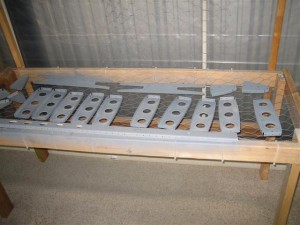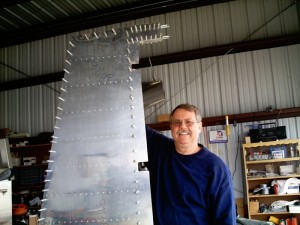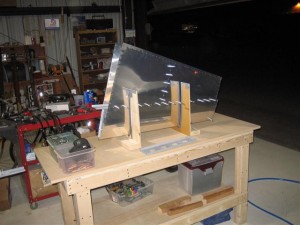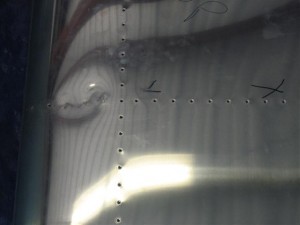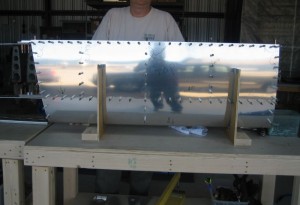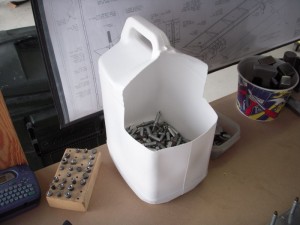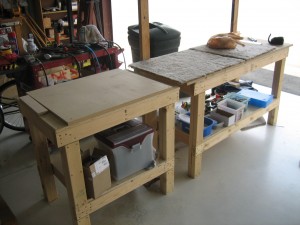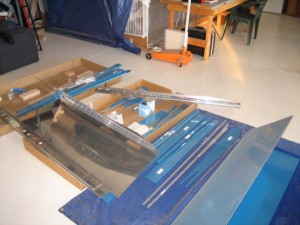Many wars have been fought over the choice to prime aluminum or not. Many thoughts, considerations, pros and cons exsist over the use of primer on aluminum aircraft. I made my decision, and I’ll live with it: Minimum primer.
Here are my guiding rules about decisions in building my aircraft.
- First, did Van’s tell me to do it? That is an overriding decision point. If Van’s said do it, I do it. Remember, I’m not an aeronautical engineer, I’m an aircraft assembler.
- If Van’s has no preference, I ask: “Would Cessna do it? Cessna aircraft, and the Cessna 172 in particular, are the safest aircraft in the sky. My motto is ” Cessna Safe”.
- Finally, for more modern options (that are not related to safety of flight issues) I look at what other guys on the forums have done. BUT only AFTER they have some time with it. Beware of advice from folks who have “heard from a friend…” or “read this on the web…”
Avionics is a BIG gray area here. Cessna does not use Dynon Avionics, but how cool is THAT in an experimental aircraft.
Murphy’s Law of Selective Gravitation:
“If while working on a large object with tools (car, airplane, boat, etc.) the dropping of any tool will cause the said tool to roll to the exact center of the object.”

